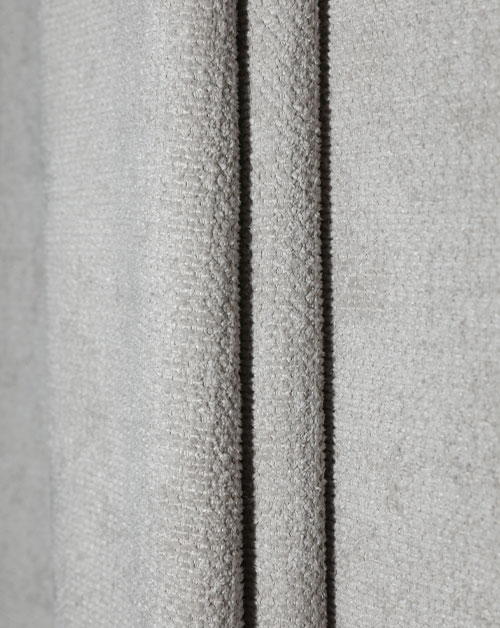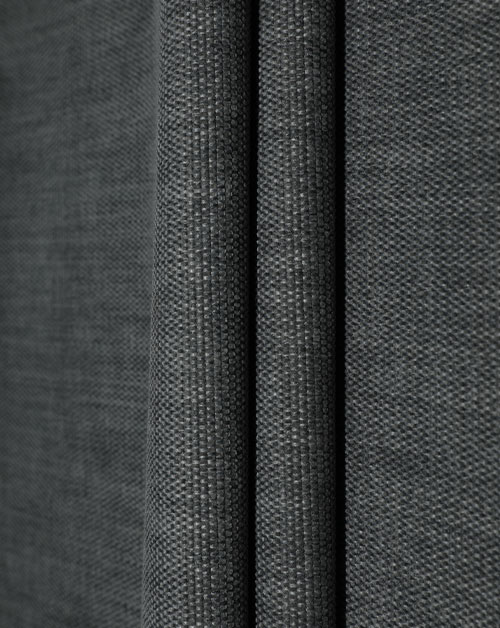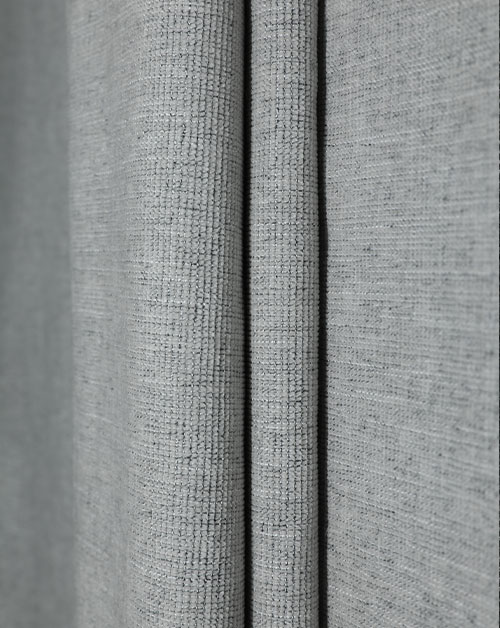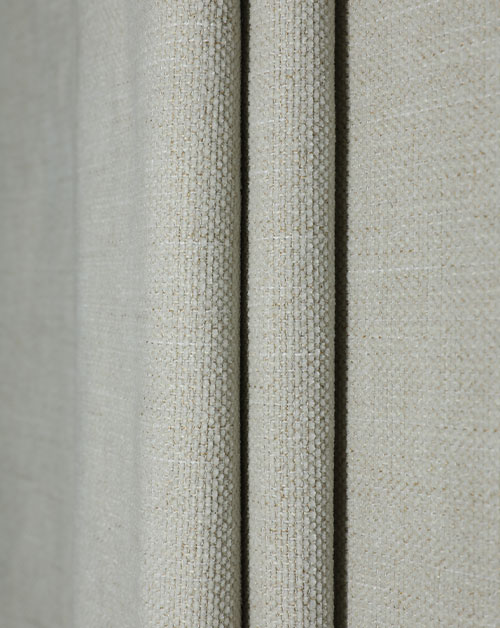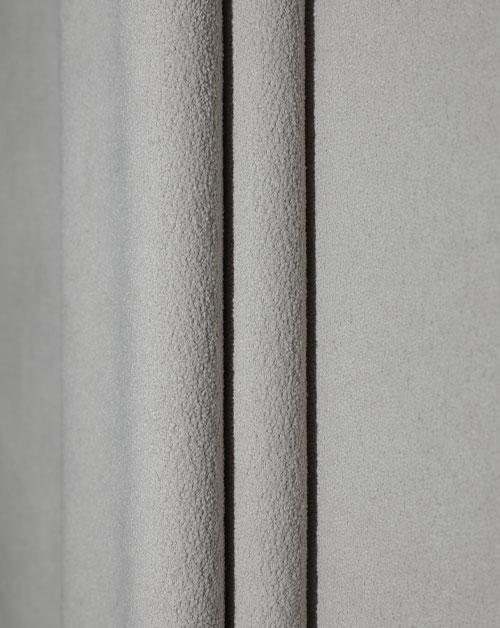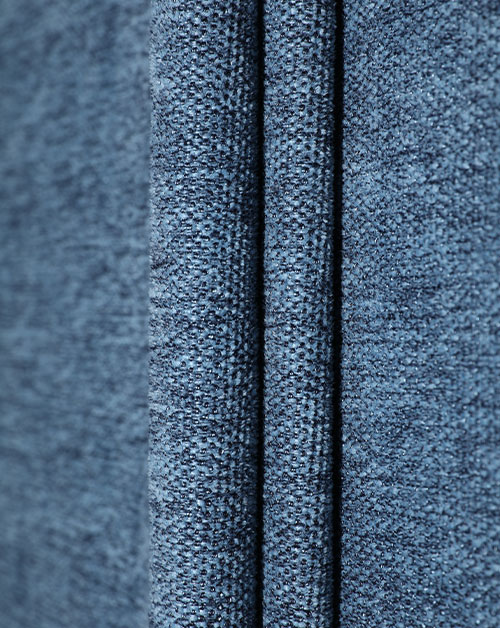In the vast world of textile art, woven imitation linen fabric is like a fresh breeze, gently blowing through every corner of modern life, interpreting the fusion of natural beauty and technological wisdom with its unique charm. This is not only an innovation of fabrics, but also a profound tribute and transcendence to traditional textile techniques.
Linen has been a symbol of human pursuit of nature and comfortable life since ancient times. Its unique fiber structure gives the fabric good breathability and moisture absorption, allowing people to feel a little cool and comfortable even in the hot summer. However, the production process of traditional linen is cumbersome and easily affected by the environment, resulting in limited production and uneven quality. It is in this context that woven imitation linen fabric came into being. It uses the power of modern technology to cleverly simulate the appearance and texture of linen, allowing the beauty of nature to bloom on a broader stage.
The production process of woven imitation linen fabric is a deep dialogue between technology and nature. By selecting environmentally friendly fibers as raw materials, such as regenerated cellulose fibers and polyester fibers, these fibers not only have the natural texture of linen, but also have better wear resistance, wrinkle resistance and easy to manage. Subsequently, on advanced textile machinery, after precise weaving technology, these fibers are woven into tight and uniform cloth, and each silk thread contains the wisdom of science and technology and the charm of nature.
The reason why woven imitation linen fabric can be favored by the market is inseparable from the strong support of science and technology. Modern textile technology has not only improved production efficiency, but also achieved a qualitative leap in fabric quality. By optimizing fiber ratios, improving weaving technology, and strengthening post-finishing treatment, woven imitation linen fabric not only retains the natural beauty of linen cloth, but also overcomes the shortcomings of traditional linen cloth that is easy to wrinkle and shrink, making the fabric smoother, crisper and easier to manage.
While pursuing quality and comfort, woven imitation linen fabric also actively responds to environmental protection calls and is committed to promoting the green transformation of the textile industry. Many manufacturers use renewable or degradable fibers as raw materials, reducing dependence on natural resources and environmental pollution. At the same time, they also reduce energy consumption and emissions by optimizing production processes and improving resource utilization, striving to achieve a win-win situation of economic benefits and environmental protection. This environmental protection concept not only reflects the company's commitment to social responsibility, but also wins more favor and respect for woven imitation linen fabric from consumers.
Woven imitation linen fabric has become the darling of the fashion industry with its unique charm and wide range of applications. In the field of clothing, it has become an ideal choice for summer clothing, casual wear, home clothes, etc. with its natural, comfortable and breathable characteristics. Designers cleverly integrate woven imitation linen fabric into various fashion elements to create clothing works that are both in line with fashion trends and practical. In addition, woven imitation linen fabric has also shown strong vitality and market potential in the fields of home decoration, outdoor products, and automotive interiors. Its simple yet stylish design style adds a touch of nature and freshness to the modern home space; its weather resistance and UV resistance make outdoor products more durable and reliable; and its comfortable touch and breathability make automotive interiors more humane and comfortable.

 English
English 中文简体
中文简体 русский
русский عربى
عربى